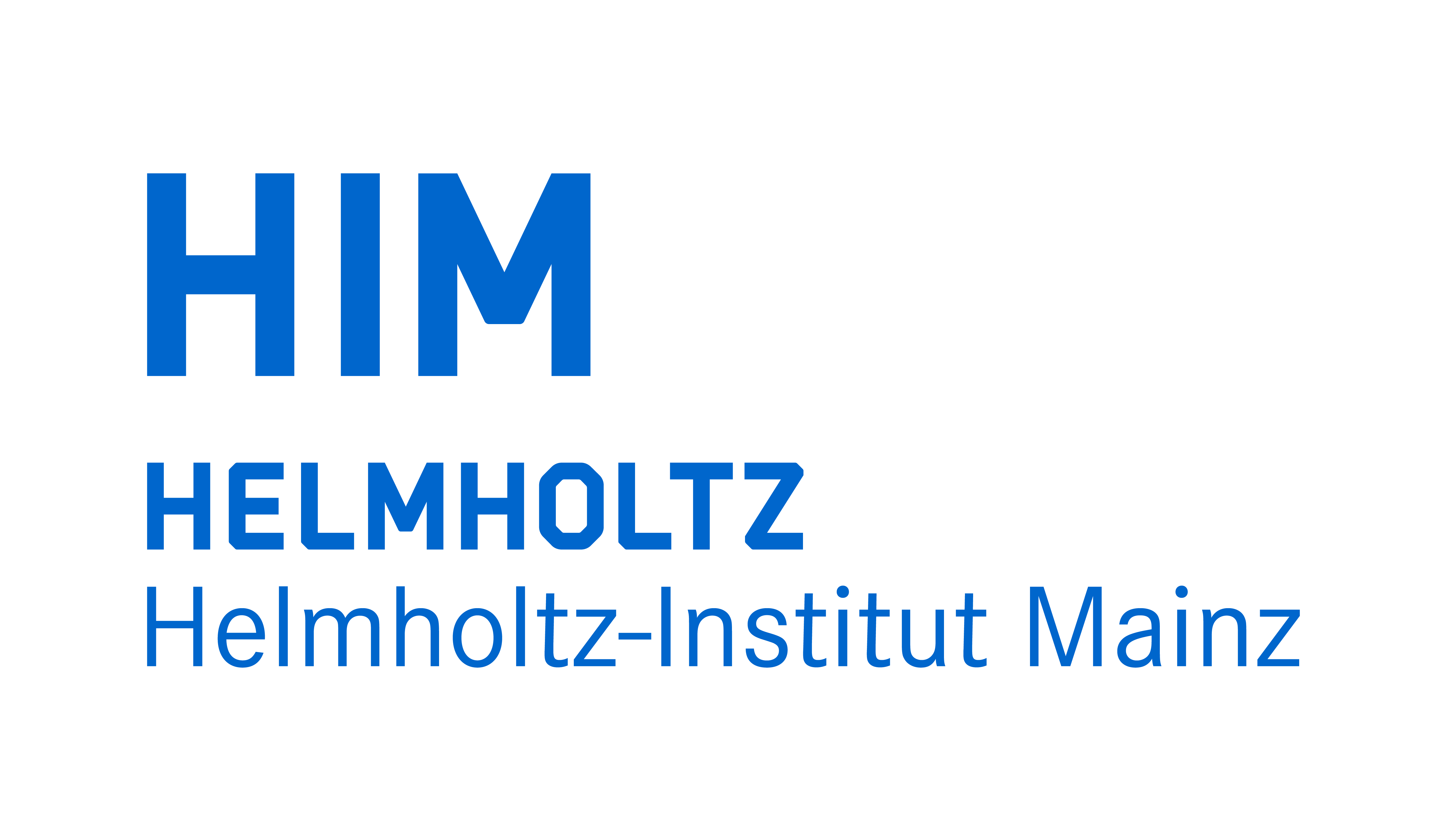


Physikalisches Kolloquium
April 15, 2025 at
4:15 p.m.
in
HS KPH
Prof. Dr. Alfons Weber
Institut für Physik
a.weber@uni-mainz.de
Prof. Dr. Hartmut Wittig
Institut für Kernphysik
hartmut.wittig@uni-mainz.de
Horses for courses: from ultra-high field to ultra-low field magnetic resonance imaging
Andrew Webb (Leiden University Medical Centre, NL)
Magnetic resonance imaging is an inherently non-invasive technique with biological applications from the cellular to human size-scales. A major technological push has been towards stronger magnetic fields, which can be >20 Tesla for preclinical studies and >10 Tesla for humans, since these increase the signal strength and ultimate imaging resolution. Such systems, however, require advances in hardware design, acquisition sequences and image processing algorithms to achieve optimal performance. The first part of this talk will concentrate on technical challenges and practical approaches for human scanning at 7 Tesla and above. The challenges include B_1 and B_0 inhomogeneities, increased specific absorption rate, and high sensitivity to movement. Neurological and neuroscience applications discussed include ocular and neurological tumours, epilepsy, neuromuscular diseases, glymphatic clearance and mechanistic studies of lithium for bipolar disorders. The second part will discuss the opposite end of the MRI spectrum, ultra-low field systems at ~50 mT which have been designed to address the challenges of global healthcare accessibility. The challenges here are diametrically opposite to those at high field, and topics of system design, characterization and in vivo applications will be highlighted.